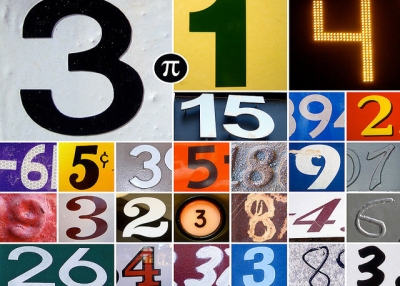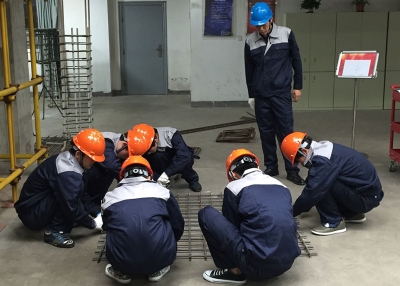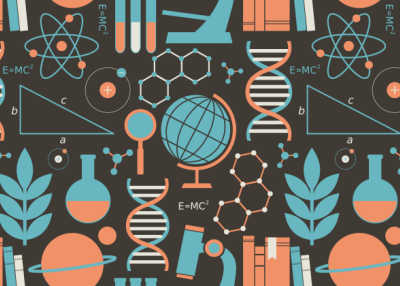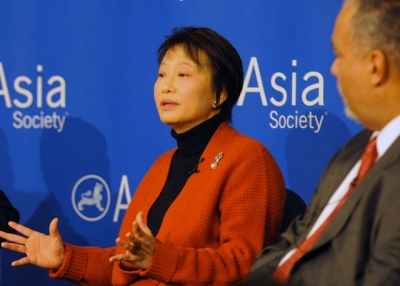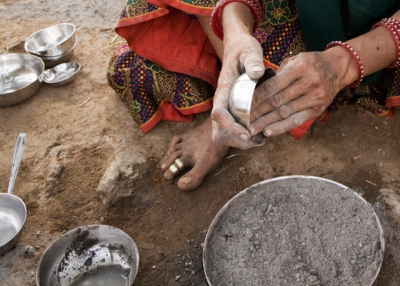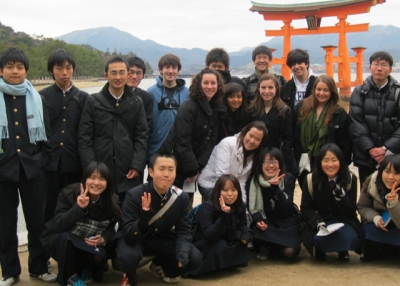Understanding the World Through Math
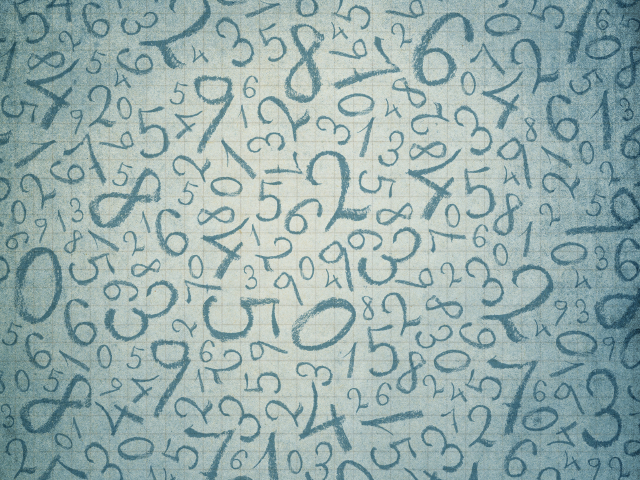
The body of knowledge and practice known as mathematics is derived from the contributions of thinkers throughout the ages and across the globe. It gives us a way to understand patterns, to quantify relationships, and to predict the future. Math helps us understand the world — and we use the world to understand math.
The world is interconnected. Everyday math shows these connections and possibilities. The earlier young learners can put these skills to practice, the more likely we will remain an innovation society and economy.
Algebra can explain how quickly water becomes contaminated and how many people in a third-world country drinking that water might become sickened on a yearly basis. A study of geometry can explain the science behind architecture throughout the world. Statistics and probability can estimate death tolls from earthquakes, conflicts and other calamities around the world. It can also predict profits, how ideas spread, and how previously endangered animals might repopulate. Math is a powerful tool for global understanding and communication. Using it, students can make sense of the world and solve complex and real problems. Rethinking math in a global context offers students a twist on the typical content that makes the math itself more applicable and meaningful for students.
For students to function in a global context, math content needs to help them get to global competence, which is understanding different perspectives and world conditions, recognizing that issues are interconnected across the globe, as well as communicating and acting in appropriate ways. In math, this means reconsidering the typical content in atypical ways, and showing students how the world consists of situations, events and phenomena that can be sorted out using the right math tools.
Any global contexts used in math should add to an understanding of the math, as well as the world. To do that, teachers should stay focused on teaching good, sound, rigorous and appropriate math content and use global examples that work. For instance, learners will find little relevance in solving a word problem in Europe using kilometers instead of miles when instruments already convert the numbers easily. It doesn't contribute to a complex understanding of the world.
Math is often studied as a pure science, but is typically applied to other disciplines, extending well beyond physics and engineering. For instance, studying exponential growth and decay (the rate at which things grow and die) within the context of population growth, the spread of disease, or water contamination, is meaningful. It not only gives students a real-world context in which to use the math, but helps them understand global phenomena – they may hear about a disease spreading in India, but can’t make the connection without understanding how fast something like cholera can spread in a dense population. In fact, adding a study of growth and decay to lower level algebra – it’s most often found in algebra II – may give more students a chance to study it in the global context than if it’s reserved for the upper level math that not all students take.
In a similar vein, a study of statistics and probability is key to understanding many of the events of the world, and is usually reserved for students at a higher level of math, if it gets any study in high school at all. But many world events and phenomena are unpredictable and can only be described using statistical models, so a globally focused math program needs to consider including statistics. Probability and statistics can be used to estimate death tolls from natural disasters, such as earthquakes and tsunamis; the amount of aid that might be necessary to help in the aftermath; and the number people who would be displaced.
Understanding the world also means appreciating the contributions of other cultures. In algebra, students could benefit from studying numbers systems that are rooted in other cultures, such the Mayan and Babylonian systems, a base 20 and base 60 system, respectively. They gave us elements that still work in current math systems, such as the 360 degrees in a circle, and the division of the hour into 60 minute intervals, and including this type of content can help develop an appreciation for the contributions other cultures have made to our understanding of math.
It’s important, though, to only include examples that are relevant to the math and help students make sense of the world. In geometry, for example, Islamic tessellations – shapes arranged in an artistic pattern – might be used as a context to develop, explore, teach and reinforce the important geometric understandings of symmetry and transformations. Students might study the different types of polygons that can be used to tessellate the plane (cover the space without any holes or overlapping) and even how Islamic artists approached their art. Here, the content and the context contribute to an understanding of the other.
If students are given the right content and context for a globally infused math curriculum, they’ll be able to make global connections using math, and create a math model that reflects the complexity and interrelatedness of global situations and events. They’ll be able to apply math strategies to solve problems and develop and explain the use of a given math concept in the global sense. And they’ll be able to use the right math tools in the right situations, explain why a math model they chose is relevant. More importantly, students will be able to use data to draw defensible conclusions, and use mathematical knowledge and skills to make real-life impact.
By the time a student graduates high school, he or she should be able to use mathematical tools and procedures to explore problems and opportunities in the world, and use mathematical models to make and defend conclusions and actions.
The examples here are just a sampling of how it could be done, and they can be used to launch content-focused conversations for math teachers. These aren’t meant to be separate courses of study, either, but overlapping and interrelated elements that schools will have to decide to use in ways that meet their individual needs.
At the heart of any discussion on a global curriculum through math, it’s important to consider how the math helps students make sense of the world, what in a student’s experience enables them to use the math to make contributions to the global community, and what math content students need to solve complex problems in a complex world. Then, the challenge is finding genuine, relevant and significant examples of global or cultural contexts that enhance, deepen and illustrate an understanding of the math.
The global era will demand these skills of its citizens—the education system should provide students the wherewithal to be proficient in them.
In Asia Society International Studies Schools, all high school graduates are expected to demonstrate a mastery of mathematics. Students work on skills and projects throughout their secondary education. At graduation, students have a portfolio of work that includes evidence of:
Global Connections
- Use of mathematics to model situations or events in the world;
- Explanations of how the complexity and interrelatedness of situations or events in the world are reflected in the model;
- Data generated by the model to make and defend a decision; and
- A decision or conclusion supported by the mathematics within the context of a global community.
Problem Solving
- The application of appropriate strategies to solve problems;
- The use of appropriate mathematical tools, procedures, and representations to solve the problem;
- The review and proof of a correct and reasonable mathematical solution given the context.
Communication
- The development, explanation, and justification of mathematical arguments, including concepts and procedures used;
- Coherently and clear communication using correct mathematical language and visual representations;
- The expression of mathematical ideas using the symbols and conventions of mathematics.
